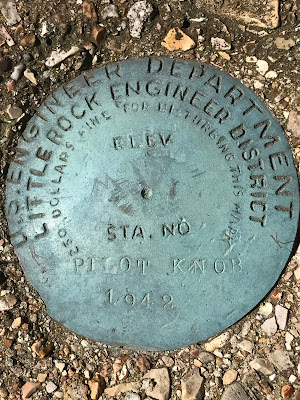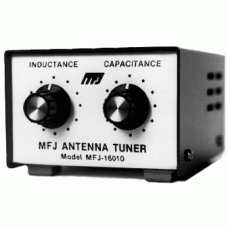Over the winter I purchased a
Xiegu X-108G HF transceiver for portable operations. I have an Elecraft KX-1 which is fantastic for "CW Only" operations but a lot of times I like the ability to do SSB and also operate more bands than the KX-1 covers.
I wrote a little about the X-108G earlier in my Winter Field Day post. The basic info is it covers 160M to 10M (AM, SSB, and CW) and has power output which is adjustable from 0.1W to 20W. In my opinion reliable SSB operation usually needs more than 5W and I find that 15W or so works really well.
The photo above shows the "guts" of the portable station. Major items are as follows:
*I plan to put some sort of rubber or foam ring around the two buttons on the tuner. I did not notice any problems today but I don't want the pack to hold them down and drain the battery while traveling.
These three items are all mounted to a thin piece of masonite peg board, maybe 1/8" thick, using nylon zip ties. The tuner is attached to the radio with Velcro for ease of accessing the battery.
This method with the zip ties isn't especially pretty but I've found that an awful lot of my projects spend their lives in "beta test" mode as I constantly tweak and tinker with the designs trying to achieve the elusive "just right" configuration. The reason for the corners of the masonite being chopped off will be obvious shortly.
Everything I need to go portable fits in a small backpack with the exception of my collapsible 28-foot kite pole. The top of the pack I chose is slightly rounded so I trimmed the masonite base so it would fit easily. Although it might be possible, I don't plan to operate the radio in the pack. With higher power comes more heat. I spaced the radio up off the board to provide some airflow but being inside the pack would prevent that from doing any good. Besides I need to get to the antenna connector on the tuner.
Here's the station all buttoned up and ready to travel. The outside pockets of the pack hold the X108G's microphone, a small set of paddles, a 9:1 unun and wire for the antenna. There's also a small notebook, pen/pencil, and a pocket knife for "field repairs" if needed.
A 25ft length of RG-58 is coiled and attached to the outside with velcro. That length coax provides an adequate counterpoise for the antenna. The coax will actually fit in a thin pocket that is the same size as the entire pack. I ended up putting it on the outside because it was just a lot easier.
This afternoon when I was trying things out in the back yard with a 30ft wire I was able to get a low SWR on 40, 30, 20, 17, and 15 Meters. The WPX contest was going on and I made contacts on 40 and 20 Meters without any problems.
73,
Tim N9PUZ


























